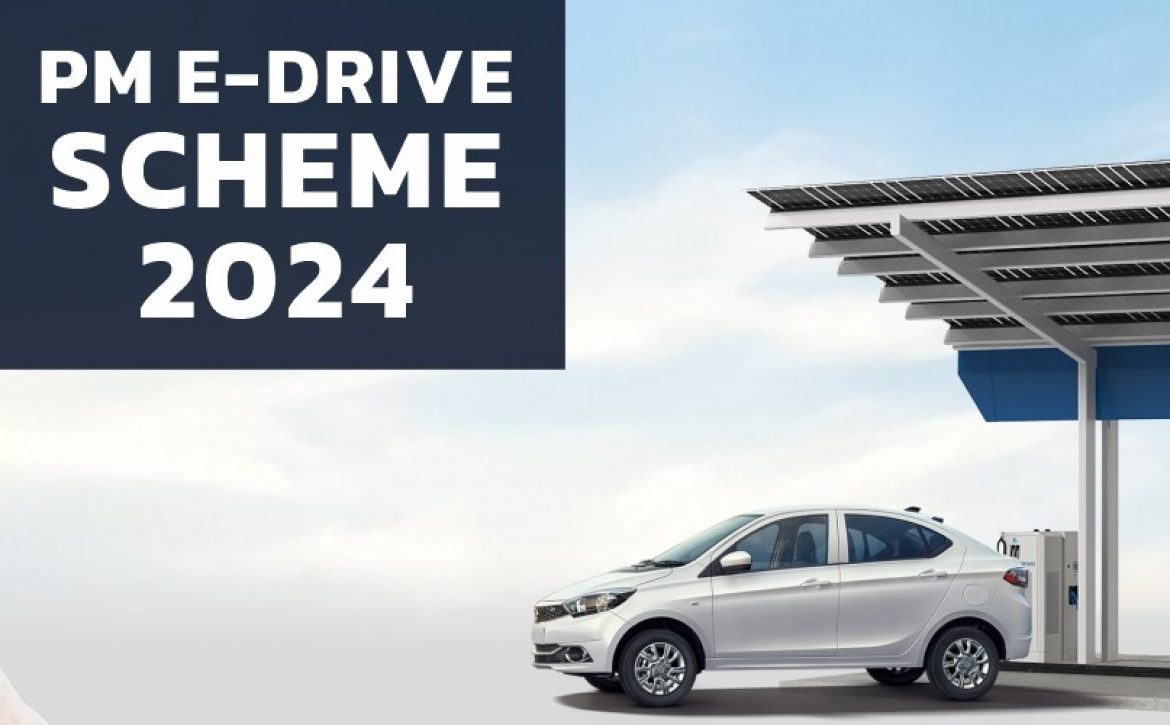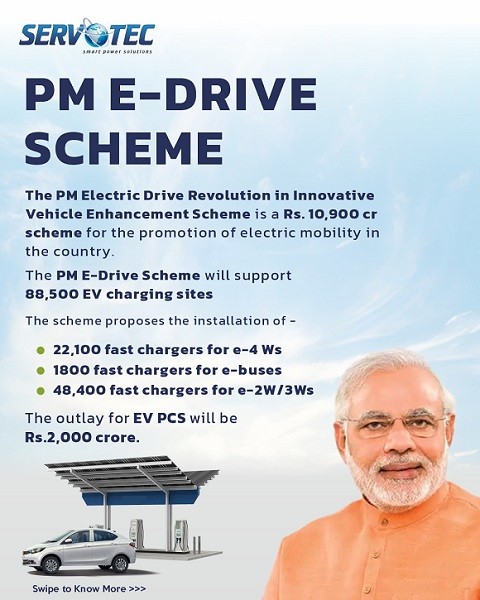Solar Water Pump Technology in India: Benefits & Future Prospects for Farmers
India’s agriculture sector has long relied on traditional diesel and electric pumps for irrigation and water management. However, with renewable energy solutions advancing rapidly, the solar water pump is a game-changer for agriculture, domestic, and industrial water needs. These solar-powered pumps offer cost-effectiveness, reliability, and eco-friendliness, making them increasingly popular across the country.
Solar water pumps operate by converting solar energy into power, eliminating the need for electrical grid connections. This is particularly advantageous in remote areas where off-grid solar systems can effectively power water pumps without relying on the national grid. For areas with stable grid access, on-grid solar systems can be used to supply electricity for water pumping and other household or industrial applications, covering virtually anything that requires electricity.
In this guide, we’ll explore everything you need to know about solar water pump: from their workings and applications to their benefits, cost considerations, and future potential in India. We’ll also compare solar water pumps to traditional options, giving you a complete understanding of the role of solar pumps in India’s renewable energy landscape. Dive in as we decode the ABCs of solar water pumps and how they’re reshaping the future of water management in India.
What Are Solar Water Pumps?
A solar water pump or solar pump controller is a device that utilizes solar energy to pump water from natural sources, such as rivers, ponds, or groundwater wells, to locations where it’s needed—like agricultural fields, homes, or factories. Unlike traditional pumps that rely on diesel or grid electricity, solar water pumps are powered by photovoltaic (PV) panels, which convert sunlight into electrical energy.
Designed specifically for areas with limited grid access, the Solar Pump Controller is an ideal solution for rural communities and farmers who require reliable irrigation systems. Beyond being eco-friendly, these pumps offer significant cost savings by reducing or even eliminating electricity bills, making them a valuable and sustainable alternative to traditional water pumps.
Benefits of Solar Water Pumps
1. Cost Savings:
Solar water pump eliminate the need for diesel fuel and reduce electricity costs, providing long-term savings. With subsidies available in India, the initial investment is reduced, making them affordable.
2. Eco-Friendly:
Powered by renewable energy, solar pumps reduce carbon emissions compared to diesel pumps, which is critical for combating climate change.
3. Reliability and Low Maintenance:
Solar Pump Controllers have fewer moving parts, which reduces wear and tear, and maintenance costs. They can run efficiently in rural areas without reliable access to the electricity grid.
4. Energy Independence:
Solar water pumps offer independence from the grid or fuel supply, providing a stable, reliable water source even in remote or drought-prone areas.
5. Sustainable Water Management:
Solar pumps can be integrated with smart controllers to monitor and optimize water usage, promoting sustainable agricultural practices.
Applications of Solar Water Pump
Solar water pump is extensively used by farmers in rural areas for irrigation and are also valuable for residential applications, such as supplying water to households and livestock. Additionally, these pumps serve as a reliable water source in remote locations lacking electricity, including mountainous regions and deserts.
Solar Water Pump Price in India
The cost of solar water pumps varies depending on the capacity, type, and manufacturer with prices typically ranging from INR 25,000 to INR 2,00,000.
These prices may vary depending on the brand, installation, and government subsidies. Under the PM-KUSUM scheme, the government offers subsidies of up to 90% for farmers, making solar pumps much more affordable for agricultural use.
Comparison Between Solar Water Pumps and Traditional Water Pumps
| S.no | Feature | Solar Water Pump | Traditional Water Pump |
| 1 | Power Source | Solar energy | Diesel or electricity |
| 2 | Operational Cost | Low to negligible | High (fuel or electricity bills) |
| 3 | Eco-Friendliness | High | Low (emits greenhouse gases) |
| 4 | Maintenance | Low | Moderate to high |
| 5 | Reliability | High in sunny areas, low in cloudy/rainy seasons | Dependent on fuel or electricity supply |
| 6 | Initial Cost | Higher, with subsidies available | Lower initial cost but high running cost |
Solar water pumps have a higher initial investment but pay off in terms of reduced operational costs and minimal environmental impact over time.
The Future of Solar Water Pumps in India
India’s focus on renewable energy and sustainable agricultural practices positions solar water pumps as a key tool for the future. The PM-KUSUM (Pradhan Mantri Kisan Urja Suraksha evam Utthaan Mahabhiyan) scheme has set ambitious goals for solar pump deployment, aiming to install around 2 million solar water pumps across the country by 2025. As more farmers shift from traditional pumps to solar, the impact on India’s agricultural productivity, water conservation, and renewable energy adoption is expected to be significant.
Furthermore, innovations in solar panel efficiency and battery storage are likely to enhance Solar Pump Controllers’ reliability, even in low-sunlight regions. The integration of IoT and smart controllers is another promising development, allowing farmers to monitor water usage and pump performance remotely, leading to optimized water management.
Conclusion
Solar water pumps represent an environmentally sustainable and cost-effective alternative to traditional water pumps, especially in India’s rural areas where grid electricity is unreliable or unavailable. With significant government support, Solar Pump Controllers are becoming accessible to farmers and households nationwide. Their long-term benefits in cost savings, environmental impact, and efficiency make them a strong contender for the future of agriculture and water management in India.












